My BIG Alberta Backyard – Listening to Nature
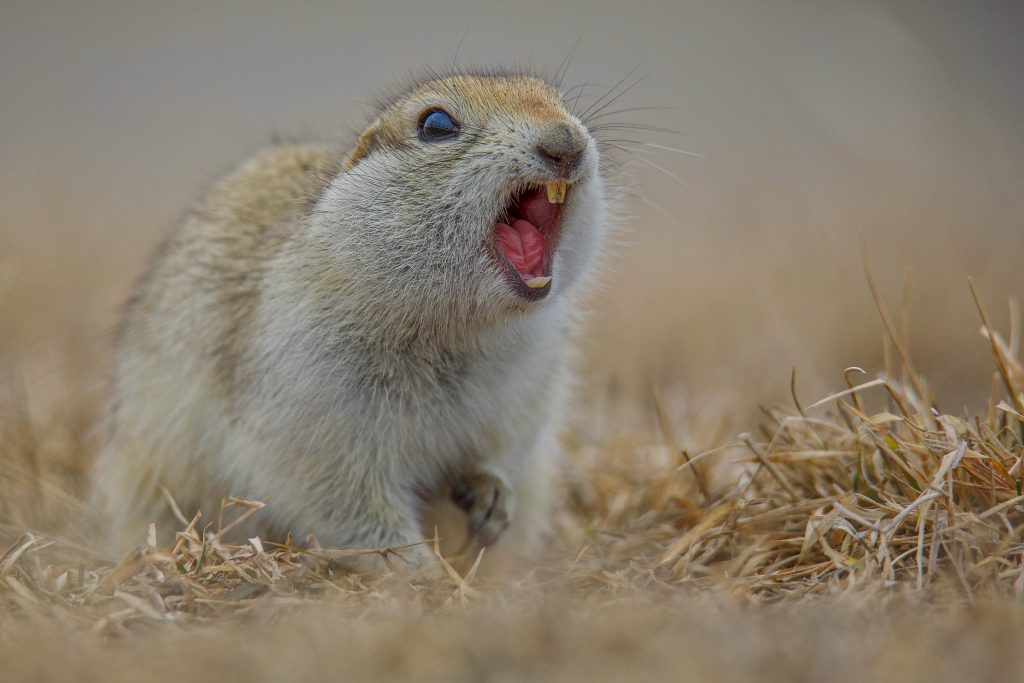
“Chirp” calls the Richardson’s ground squirrel. TONY LEPRIEUR
Alberta is a great place to live. It’s a big, beautiful province full of all kinds of natural wonders. In My Big Alberta Backyard, we introduce you to the unique and interesting wild spaces, diversity of wildlife that live there, that you can find in your province. This time, let’s stop and listen.
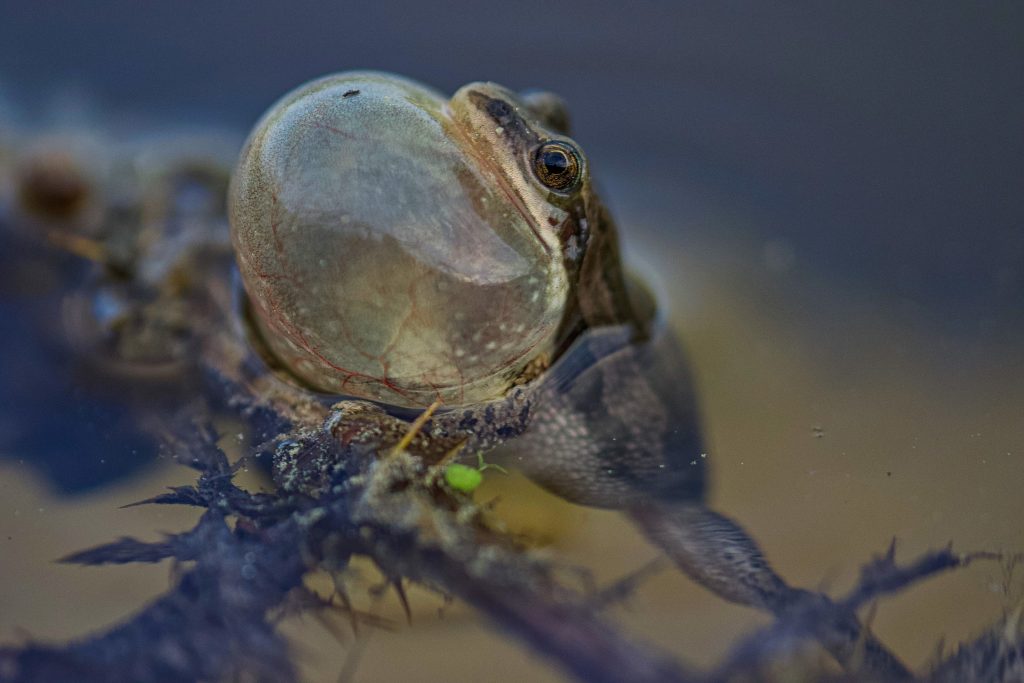
“Prreep” croaks the boreal chorus frog. TONY LEPRIEUR
Listening to Nature
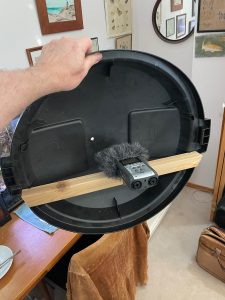
Tune in to nature by making your own Listening Lid. JOHN ACORN
When you walk through a wetland over a boardwalk, all can seem quiet until you stop, sit down, and listen. Within a few minutes, the wood frogs will resume their surprisingly loud chorus. Similarly, while walking through a quiet forested trail, if you sit and listen, suddenly the songbirds will resume their songs as though you are not even there. But there’s even more going on in nature than we can hear with the naked ear.
Nature Alberta’s Patron, John Acorn, has a do-it-yourself (DIY) hack to help listen to nature, and he’s shared it with us! John’s Listening Lid allows him to tune in to more songbirds singing in the trees, bugs buzzing in the tall grasses, and tiny ducklings peeping in the reeds. You can make your own Listening Lid and give it a try!
Supplies to Make a Listening Lid
- Sound recorder with a fuzzy or foam windscreen. Any recorder that’s small and comes with a built-in microphone works best, but a cell phone with a voice recording app will work in a pinch.
- Large bowl or trash can lid. (SAFETY NOTE: Shiny bowls or lids will focus light as well as sound, which can make your Listening Lid's focal point become dangerously hot! We recommend that you avoid using stainless steel or other metals for this activity.)
What To Do
- Place the recorder next to the lid or inside the bowl.
- Move the recorder around in the lid/bowl to find the best position for it to pick up the most sounds. HINT: The curved lid/bowl helps direct sound towards a “focal point,” usually at the centre. To get the best sound, try placing the recorder so the microphone faces this focal point.
- Try to be very gentle when you move the recorder because the sound of your hands near the microphone might drown out some of the sounds you’re trying to collect from nature.
- Record all the nature sounds around you!
Listen Up (Or Down and All Around)!
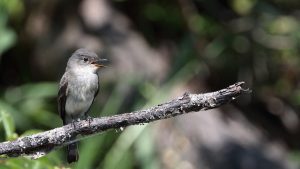
“Che-BEK” sings the least flycatcher. JACK WALLER
Point your Listening Lid towards a patch of trees to see if you can pick up sounds from birds, bugs, and other creatures. If you live near a pond or lake, try pointing the Listening Lid towards the reeds, and then water. What new sounds do you hear? Get low to the ground or point it to the sky. How many different sounds can you hear in nature?
Listen Through the Seasons
Nature can sound very different throughout the seasons. For example, bird sounds will vary greatly from season to season. In the spring, songbirds will sing to attract mates and announce their territory. In the summer, birds are communicating with their fledglings, who are often heard begging to be fed. In the fall, many birds congregate in flocks to pass through during migration. And in the winter, you can hear the chittering of our resident birds and new migrants that flew south from the Arctic to overwinter in Alberta! All seasons are sure to bring you new sounds and excitement.
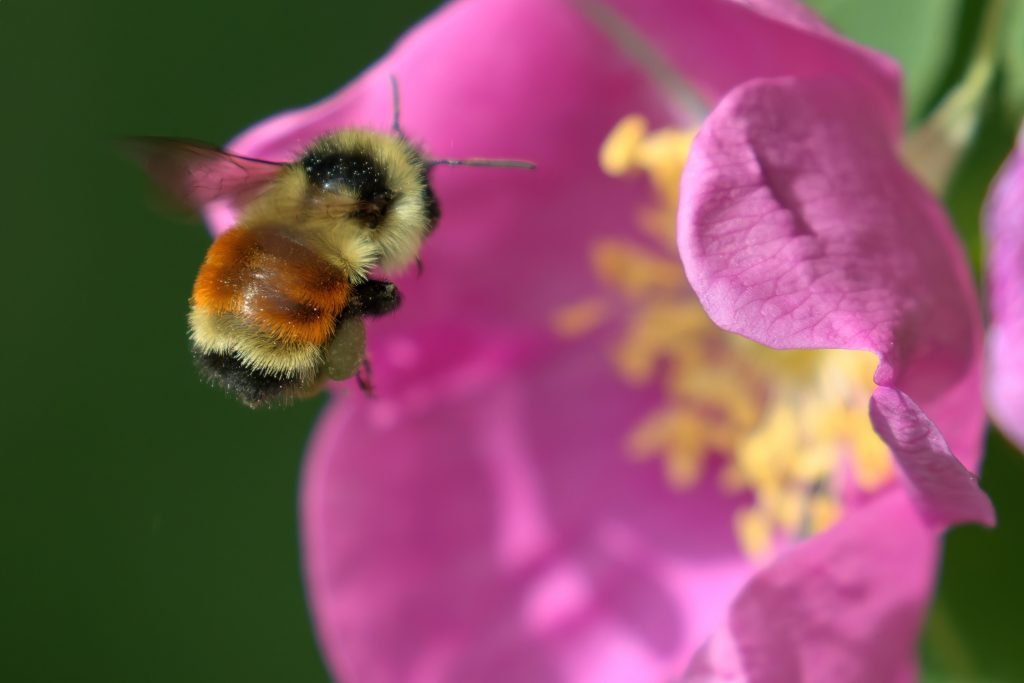
“Buzzzzzz” goes the bumblebee. R. SCHNEIDER
This activity originally ran in Nature Alberta Magazine – Spring 2023.
